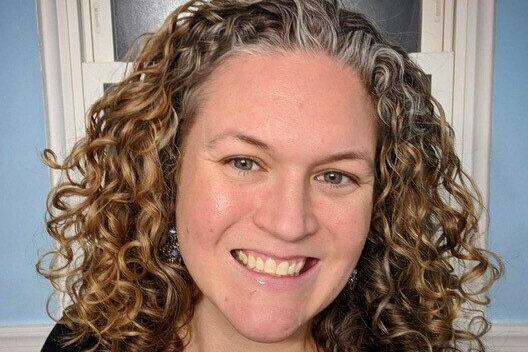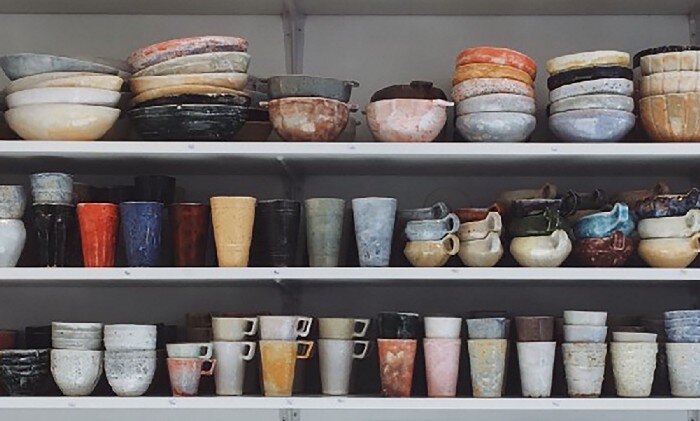For years the word kintsukuroi kept popping up in posts, conversations, and images. So I dug a little deeper into the meaning and history.
Kintsukuroi is the Japanese art of repairing damaged pottery with gold or silver lacquer and the result being more beautiful for having been broken. This word definitely resonates with me and my life.
My challenging and unpredictable journey of mental health challenges started at a very young age, as early as 2 or 3 years old. I suffered from severe depression and anxiety for much of my childhood and teenage years. Childhood trauma was a likely cause of the depression and anxiety, along with genetic tendencies. The pottery of my life was broken and battered from a very young age, and I was constantly working to keep it together.
I also struggled with bullying and feeling left out for many years, and life was a bit of a roller coaster ride. Day to day, my sleep was erratic. I regularly pulled all-nighters for tests and papers, but I finished at the top of my class in grade school and high school even while dealing with persistent, undiagnosed mental health struggles and extreme self-doubt.






